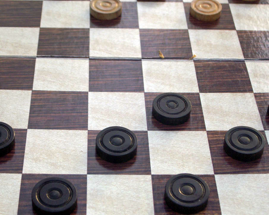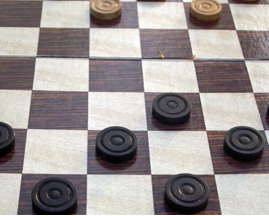Entropy and order in optical lattices
Can ultracold atoms in optical lattices be used as quantum simulators? Many groups are trying to answer this question by exploring regimes where the Hamiltonian of the system can be mapped onto either known or yet unexplored spin models. Among them, Ising antiferromagnetic (or checkerboard solid) and -ferromagnetic phases appear to work for two-component mixtures of bosons in optical lattices in two or three dimensions. The observation of magnetic ordering, however, requires rather low temperatures and entropies.
In a paper published in Physical Review A, Barbara Capogrosso-Sansone, Şebnem Söyler, Nikolay Prokof’ev, and Boris Svistunov—from the Harvard-Smithsonian Center of Astrophysics, the University of Massachusetts, both in the US, The Abdus Salam International Centre for Theoretical Physics, Italy, and also affiliated with the Kurchatov Institute in Russia—calculate the transition lines to magnetic phases by performing path integral Monte Carlo simulations. They discuss in detail how to get into regimes with favorable critical temperatures, what timescales are needed to observe the magnetic phases under typical experimental conditions, and how low the entropy needs to be in order to achieve the predicted quantum states. Their work is expected to provide good guidance and benchmarking for ongoing experiments to create optical lattice emulators, where the low temperature and entropy present substantial challenges. – Franco Dalfovo





